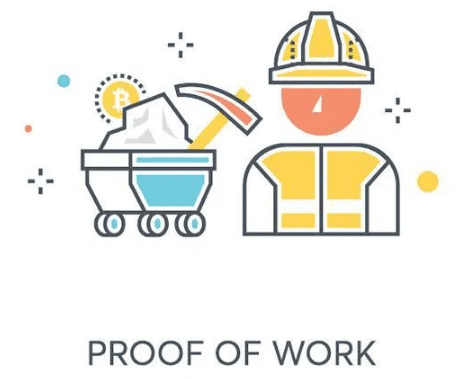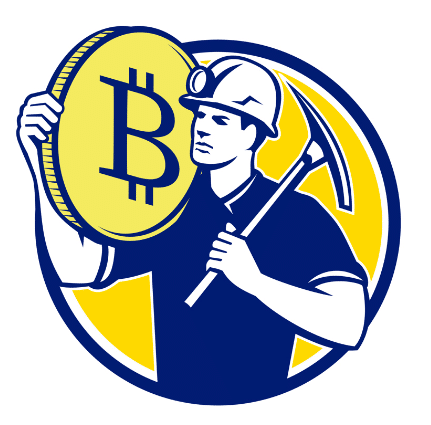Proof-of-Work (PoW) remains to be one of the most popular consensus algorithms used by cryptocurrency networks in the market. Bitcoin (BTC) is the largest cryptocurrency that is using it, and many other networks dependent on cryptography such as Litecoin (LTC) are also working with it.

Proof-of-Work systems work in order to protect blockchain networks and to produce blocks with transaction information. This PoW process allows miners to compete against each other in order to receive a reward in BTC or other cryptocurrencies (according to the network in which they operate).
What role do miners play in the Proof of Work system?

Miners are an important part of PoW systems because they are those processing the transactions and doing the “work” in the network. In the past, miners were users with their desktop computers being rewarded hundreds of BTC. Nowadays, cryptocurrency mining became an industrial activity in which large players control a very expensive market. (The barriers of entry are very high).
Miners use ASIC hardware on the Bitcoin network in order to be more competitive and get a larger reward. The rewards are distributed among miners according to the work they do, which is measured in hashes. The larger the number of hashes provided to a specific network, the larger the rewards will be.
These hashes are needed to solve difficult mathematical puzzles or equations that are needed to unlock and process the transactions in a specific block. As new computing power comes to the network, the difficulty to solve these puzzles increases, which makes the market much more competitive.
Miners are currently receiving 6.25 BTC per block. A few days ago the Bitcoin network halved, reducing the reward for miners by 50%. This takes place every 210,000 blocks (around 4 years). Indeed, this defines Bitcoin’s monetary policy. The next halving will take place on May, 2024 and miners will be rewarded just 3.125 BTC per block.
List of PoW Cryptocurrencies
As mentioned before, there are several cryptocurrencies that work with the Proof-of-Work consensus algorithm. Bitcoin is in the top of the list, followed by Ethereum (ETH). Bitcoin Cash (BCH), and Bitcoin SV (BSV) use the same SHA256 algorithm as Bitcoin and are located in the third and fourth position in terms of PoW market cap.
Litecoin (LTC), Monero (XMR) and Ethereum Classic (ETC) follow in the 5th, 6th and 7th positions. They have a market valuation of $2.77 billion, $1.13 billion and $717.53 million, respectively.
Each of these networks works in a different way. This is why Ethereum miners can find blocks every 14 seconds and get different rewards than BTC miners. This behaves according to the needs of each of these networks and according to what the community is searching for.
Litecoin has 2.5 minutes blocks and the rewards are very similar to BTC, 12.5 LTC per block. This network experienced a halving event back in August 2019.
Benefits and Disadvantages of Using PoW Consensus Algorithm
PoW, compared to other consensus algorithms, requires participants to really do an effort to protect the blockchain network in which they operate. That means that users would have to invest in hashing power, buying ASIC miners, and more.

This can be similar to the way in which gold is mined and the effort and knowledge that is required to provide it to the world. This provides value to the currencies of the networks in which miners are working on.
With the PoW consensus algorithm, it is also possible to stop DoS attacks. Indeed, if an attacker would like to take over the network, they would have to use as much energy as 50% of the total hashing power. The Bitcoin network would require massive amounts of hashing power to be attacked, which would make a DoS attack almost impossible and very costly.
One of the main disadvantages of using PoW consensus algorithms is related to the fact that they consume large amounts of energy. Due to this reason, many critics have been attacking Bitcoin and other virtual currencies that are based on the PoW algorithm.
PoW algorithms includes the fact that large mining farms could be centralizing the hashing power. If these mining farms are affected by governmental decisions or by any other issue, they could have a negative impact on the network. Moreover, smaller users do not have the possibility to have a large share of the market, making it less decentralized than previously thought.





















